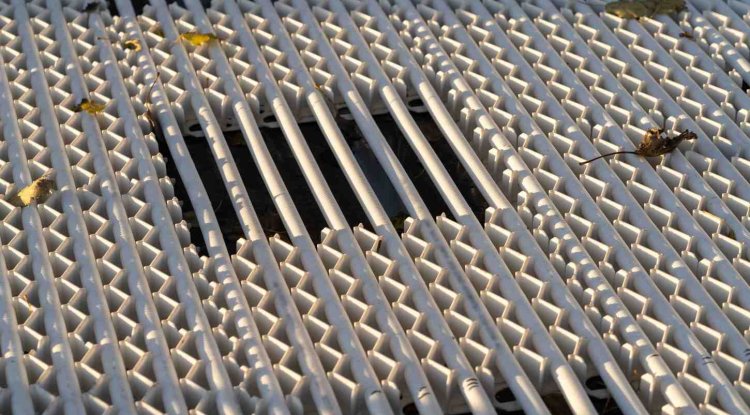Acoustic Performance in Composite Steel Deck Systems
Welcome to our comprehensive guide on acoustic performance in composite steel deck systems. Whether you're a seasoned designer or a detailer looking to expand your knowledge, this presentation will equip you with practical insights to optimize sound control in your projects.

Understanding Acoustic Challenges in Deck Systems
Composite steel deck systems, while structurally efficient, present unique acoustic challenges that designers must address:
|
|
Understanding these challenges is the first step toward creating comfortable, code-compliant spaces that meet occupant expectations.
Key Acoustic Metrics for Deck Design
|
1
Sound Transmission Class (STC)Measures airborne sound isolation between spaces. Higher values indicate better performance. Typical building codes require STC 50+ for multi-family residential floors. |
2
Impact Insulation Class (IIC)Quantifies structure-borne sound transmission from impacts like footfalls. Most codes specify minimum IIC 50 for residential applications. |
3
Ceiling Attenuation Class (CAC)Measures how effectively a ceiling system blocks sound transmission in plenum spaces. Critical for open office environments with partial-height partitions. |
Anatomy of Acoustic Deck Assemblies
Core Components
|
Performance Factors
|
Critical Detailing Areas
|
|
Where Sound Leaks Occur
|
Why Choose Consac for Acoustic Performance?
Choosing Consac for your composite steel deck projects ensures superior acoustic performance. We bring:
-
Specialized Expertise
Deep understanding of sound transmission and mitigation specifically in steel deck systems. -
Proven Solutions
A track record of successful projects that consistently exceed stringent acoustic requirements. -
Customized Approach
Tailored design strategies and optimal material selection for your unique project needs. -
Comprehensive Services
From initial consultation to detailing and verification, ensuring holistic acoustic control. -
Code Compliance & Beyond
Assurance that your project will meet, and often surpass, all relevant acoustic building codes.
Partner with Consac to create quieter, more comfortable, and code-compliant spaces for your occupants.
Key Takeaways for Designers & Detailers
|
Holistic Approach
Consider the entire assembly as an acoustic system. Each component—from structural elements to finishes—plays a critical role in the overall performance. |
Detail Junctions Carefully
Sound will find the path of least resistance. Pay special attention to perimeter details, penetrations, and connections between assemblies. |
|
Verify Performance
Specify testing requirements and inspection procedures to ensure installed systems meet design intent. Field testing provides the true measure of success. |
Engage Specialists Early
Consult with acoustic specialists during schematic design to establish performance targets and identify potential challenges before they become costly problems. |
✅ Remember
Addressing acoustic performance early in the design process is always more cost-effective than remediation after construction.
What's Your Reaction?


















